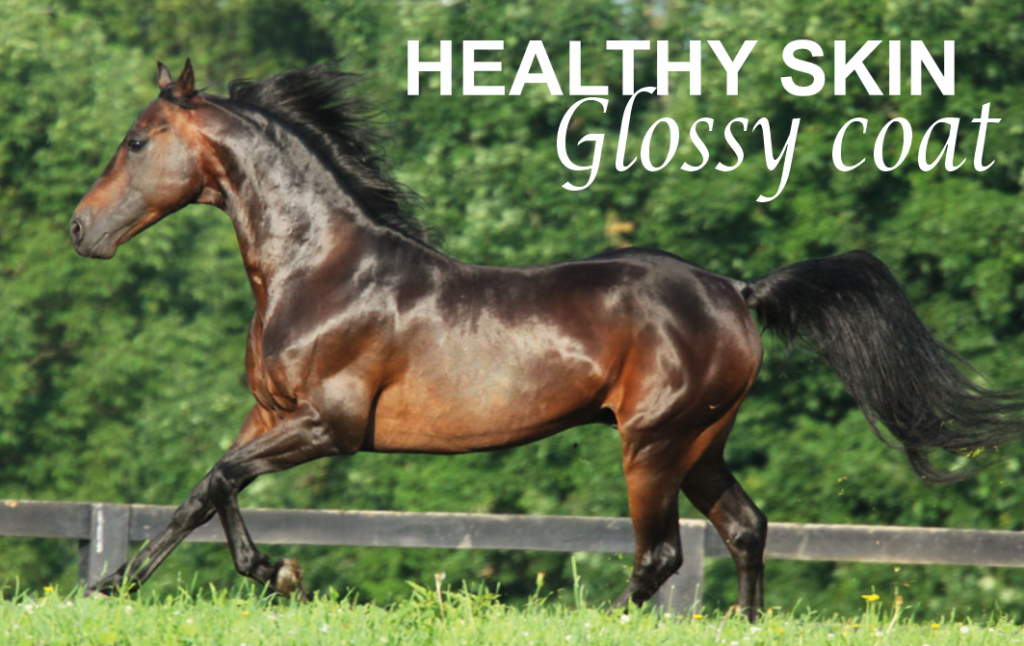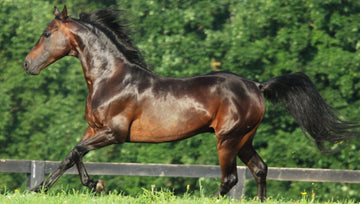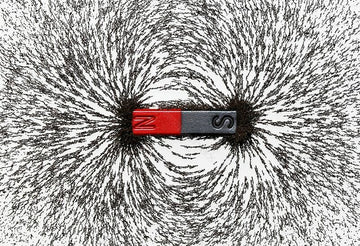Written by Dr David Marlin

- A 500kg horse has around 5 square metres of skin surface.
- Depending on breed and age and body condition the skin may make up 12 to 24% of a horse’s total bodyweight.
- Around ¼ to 1/3rd of a horse’s skin surface is on its legs.
- The horse mainly controls its body temperature through the skin by convective and evaporative heat loss. In cold weather the blood flow to the skin is decreased to conserve heat and in hot weather blood flow is increased and blood vessels may be seen to be very prominent.
- The skin is actually classed as an organ and is the largest organ of the horse’s body.
- The skin consists of three layers: the epidermis (outermost layer), the dermis (middle layer) and the subcutis (innermost layer).
- The epidermis (outer layer) is composed of several layers of cells and is continually being worn away and replaced. The epidermis consists of 4 main types of cells, including keratinocytes, melanocytes, Langerhans cells and Merkel cells.
- The rate at which the outer layer of cells are shed and replaced is determined by by nutrition, hormones, tissue factors, immune cells in the skin, genetics, disease and inflammation.
- Shed skin and hair is referred to as dander and is what accumulates on the surface of the horse and in brushes. Allergy to horses is not uncommon and can be a reaction to the skin and hair or also to the protein in horse sweat known as latherin.
- This skin is not waterproof. Water is continuously lost through the skin. This is referred to as insensible water loss and can amount to 1-2 litres per day
- When the skin is exposed to high moisture levels such as under the saddle or under bandages or protective boots, it can become hyper-hydrated (effectively over-saturated with water). This makes it weaker and more prone to damage and infections.
- The horse has apocrine sweat glands. This means that at the base of each hair follicle is a sweat gland. Humans have eccrine sweat glands which are not associated with hair follicles.
- Sweating in horses is controlled by circulating hormones (adrenaline) and by the sympathetic nervous system.
- Skin taken from a horse soon after death can be made to sweat by heating it.
- Maximal sweating in horses only occurs when heat and exercise are combined.
- Horse sweat is unusual in that it contains a protein known as latherin which acts as a surfactant and helps the sweat to spread out through the coat and along the hairs. This increases the surface area for evaporation and speeds up heat loss.
- Horses can be made to sweat by certain drugs that mimic the action of adrenaline (sympathomimetics) such as salbutamol and terbutaline. If these drugs are injected into the skin then they produce local sweating.
- A range of diseases can affect the horses skin including allergies, alopecia (hair loss), hives (urticaria), itching (pruritis), lice, mange (acariasis), parasitic worms, photosensitisation and ringworm (dermatophytosis).
- Horses that shown abnormal or greatly reduced sweating in hot climates are referred to as anhidrotic or having “dry-coat”. This most commonly occurs in hot and humid climates such as in the far east, in the American south or in parts of Australia. The cause is still unclear and the only effective treatment is to move horses to a cooler climate or keep them in air-conditioning.





